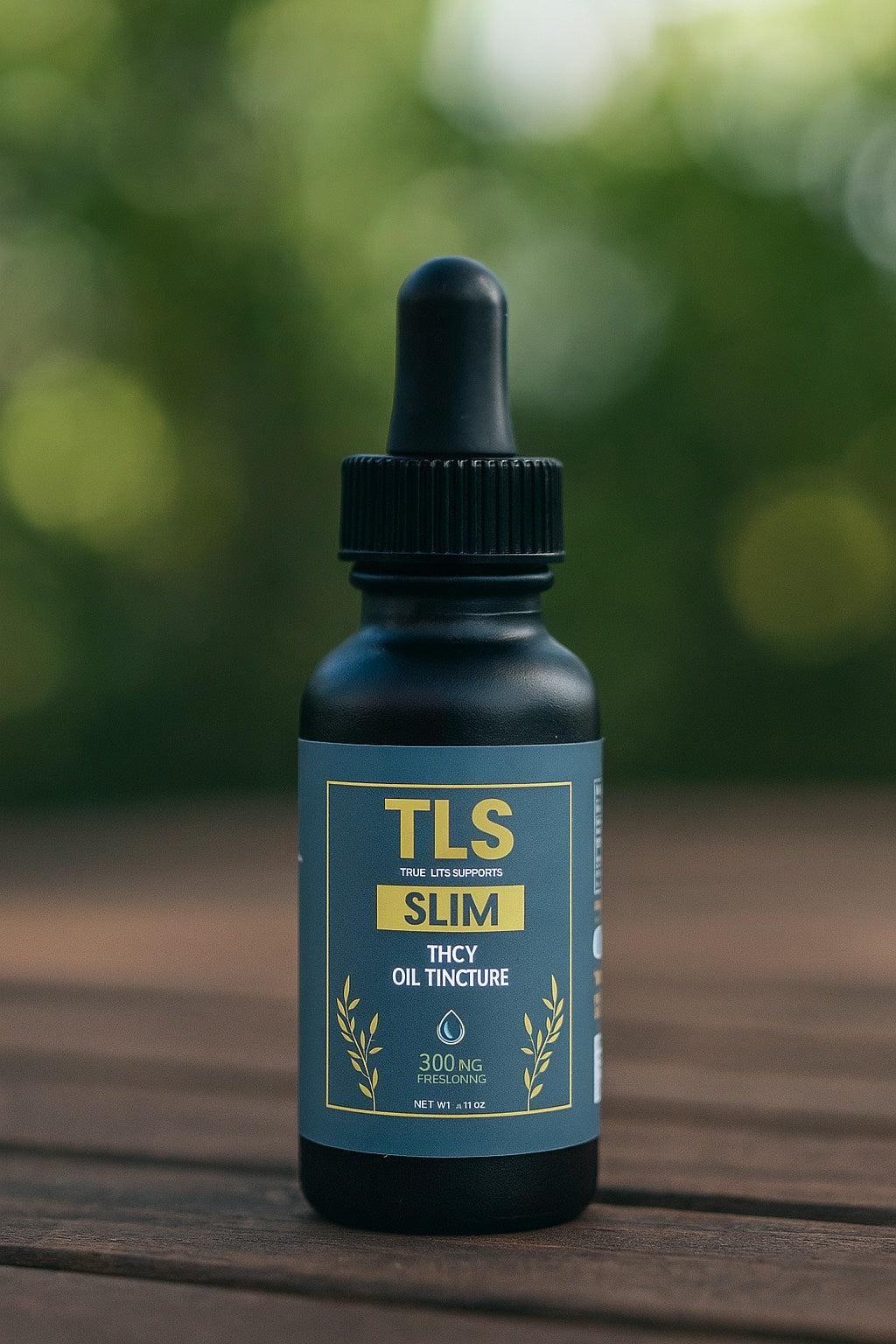The global beverage industry is witnessing a seismic shift, driven by a cultural pivot towards wellness, moderation, and the "sober curious" movement. At the forefront of this revolution is the cannabis mocktail liquid—a sophisticated, non-alcoholic concentrate designed to deliver the desirable effects of cannabis, such as relaxation or a gentle euphoria, without the risks associated with alcohol. This innovative product is not just a passing trend; it represents a major market segment poised for explosive growth, backed by compelling facts and figures.
The Economic Boom: Facts and Forecasts of the Liquid High
The market for cannabis-infused drinks, which includes these foundational mocktail liquids and their ready-to-drink counterparts, is no longer a niche venture. It is a multi-billion-dollar industry on a steep upward trajectory.
In 2025, the global cannabis-infused drinks market was estimated at USD 1.05 billion. Forecasts project this value to soar to USD 4.30 billion by 2035, translating to a staggering total growth of 309.5% over the decade. This expansion is driven by a compound annual growth rate (CAGR) of 15.1% between 2025 and 2035. Even more aggressive forecasts project the broader cannabis drinks market to reach USD 8.3 billion by 2032, maintaining a CAGR of approximately 37.3% from 2022 to 2032. The sheer magnitude of this growth signifies a profound consumer acceptance of alternative consumption methods.
North America is the undisputed heavyweight champion of this market. Driven by comprehensive legalization and established infrastructure, the USA is projected to lead the global growth, with a predicted CAGR of 17.8% through 2035. This regional dominance is further fueled by shifting consumer preferences; studies in states where cannabis drinks have been authorized have shown a corresponding decrease in traditional alcohol sales, with beer and wine purchases reportedly dropping by 15%. This directly positions the cannabis mocktail liquid as a viable, direct competitor to the alcohol industry.
The Nano-Revolution: Bioavailability and the Quick Buzz
The secret ingredient making these cannabis mocktails a hit is not just the cannabinoids—it is the advanced science that makes them work faster and more predictably than traditional edibles.
The challenge with creating a liquid cannabis concentrate has always been that cannabinoids like THC (tetrahydrocannabinol) and CBD (cannabidiol) are oil-soluble, not water-soluble. Mixing oil into water results in a separation, leading to poor absorption and a frustratingly slow, unpredictable onset time. The solution is a technological marvel: nano-emulsification.
This process uses specialized equipment to break down the cannabinoid oil into microscopic droplets—often less than 100 nanometers in size—and encapsulate them with an emulsifying agent. This makes the cannabis concentrate truly water-soluble.
Why is this a game-changer? It dramatically increases the bioavailability (the proportion of a drug or other substance that enters the circulation when introduced into the body and so is able to have an active effect) and speeds up the onset. Unlike traditional edibles that must be processed by the liver, nano-emulsified drinks are absorbed directly through the stomach lining. The result is a sensation that can be felt in as little as 5 to 15 minutes, mimicking the experience of alcohol or smoking. This fast-acting quality is crucial for a social beverage, allowing consumers to "sip and moderate" their experience, which has traditionally been a major drawback of cannabis edibles.
The New Sober: Wellness, Variety, and the Low-Dose Trend
The liquid concentrate format is appealing to a growing segment of health-conscious consumers and the "sober curious." Cannabis mocktails generally offer a clean, lower-calorie alternative to sugary cocktails or beers; a typical THC drink might contain around 30 calories, a stark contrast to a glass of wine at around 158 calories.
The product landscape is diversifying rapidly, moving beyond simple THC or CBD infusions. Emerging trends include the blending of various cannabinoids—such as CBG (cannabigerol), CBN (cannabinol), and CBC (cannabichromene)—to target specific effects like enhanced focus, deeper relaxation, or even pre-workout energy. Furthermore, brands are increasingly incorporating functional, non-cannabis ingredients into their liquid concentrates, such as adaptogens (like ashwagandha and reishi mushrooms), nootropics, and various vitamins. This positions the cannabis mocktail not just as a recreational drink, but as a wellness-focused functional beverage.
The consumer preference for low-dose or micro-dosed options is also a significant market driver. Beverages with 5mg of THC or less per serving are becoming the standard for the social consumer, offering a "light and social" buzz without the debilitating high. This level of dosage control is simple to achieve with liquid concentrates and tinctures, making the mocktail format highly appealing to new users and those accustomed to the measured consumption of a traditional cocktail.
The Regulatory Tightrope and the Future of Customization
The ultimate success and mainstream proliferation of cannabis mocktail liquids hinge on the evolving legal landscape. The distinction between hemp-derived and marijuana-derived products is key. The passage of the 2018 U.S. Farm Bill federally legalized hemp and hemp-derived CBD products (containing less than 0.3% Delta-9 THC), providing a national market for CBD mocktail liquids and low-THC beverages derived from hemp. This regulatory framework allows these products to be sold through mainstream retail channels and online, unlike higher-THC products, which remain restricted to licensed dispensaries.
As of 2023, while North America led the cannabis beverages market with a 21.14% share, legalization continues to expand globally, with countries like Germany and Mexico exploring the loosening of cannabis laws. This ongoing global shift is expected to propel the market to even greater heights, with aggressive projections estimating the total market could reach USD 117.05 billion by 2032.
The future of the cannabis mocktail liquid is highly personalized. The proliferation of flavorless, water-soluble powder or liquid concentrates offers consumers the ultimate DIY experience. Users can now easily customize their dose and flavor profile at home, turning a simple sparkling water, tea, or juice into a bespoke "elevated" experience. This customization trend mirrors the craft cocktail movement, allowing individuals to act as their own mixologists, adjusting a few drops of liquid concentrate to create the perfect "vibe" for any occasion—all with a predictable, fast-acting, and hangover-free result. The cannabis mocktail is thus redefining social drinking for the modern, mindful consumer, proving that a sophisticated buzz can be achieved without a single drop of alcohol.
Reference:
1. Ali, A. and Gupta, P. (2021). Change in refractive error associated with the use of cannabidiol oil. Cureus. https://doi.org/10.7759/cureus.14434
2. Coleman, J. (2021). Did the 2018 farm bill’s hemp provisions decriminalize marijuana?. Journal of Drug Policy Analysis, 14(1), 1-21. https://doi.org/10.1515/jdpa-2020-0006
Fordjour, E., Manful, C., Khalsamehta, T., Armah, A., Cheema, M., & Thomas, R. (2024). Cannabis‐infused foods: phytonutrients, health, and safe product innovations. Comprehensive Reviews in Food Science and Food Safety, 23(5). https://doi.org/10.1111/1541-4337.70021




Leave a comment
This site is protected by hCaptcha and the hCaptcha Privacy Policy and Terms of Service apply.